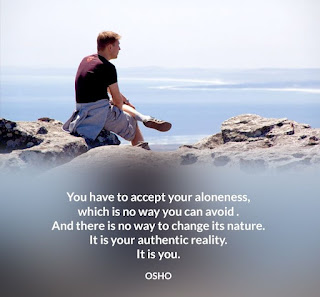Time to Step Forward

Photo Credit: Pinterest Time to Step Forward As the calendar turns its page, ushering in a new year, it symbolises not just the passage of time but an opportunity for spiritual renewal and growth. The concept of stepping forward takes on profound meaning in the realm of spirituality, inviting individuals to embark on a journey of self-discovery, mindfulness, and purposeful living. The inevitability of change is a constant in life, and the new year encapsulates this universal truth. From a spiritual standpoint, change is not merely a chronological transition but an inner metamorphosis. It beckons us to reassess our lives, shed old patterns, and step into the unknown with courage and openness. In spiritual teachings, change is often seen as a gateway to transformation. The turning of the year becomes a sacred invitation to release attachments, whether they be to past grievances, unfulfilled expectations, or self-limiting beliefs. Stepping forward spiritually necessitates lett...











